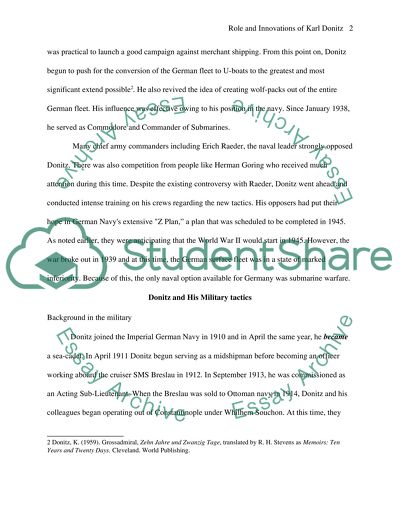Cite this document
(“Karl Donitz Essay Example | Topics and Well Written Essays - 1250 words”, n.d.)
Retrieved from https://studentshare.org/history/1429758-karl-donitz
Retrieved from https://studentshare.org/history/1429758-karl-donitz
(Karl Donitz Essay Example | Topics and Well Written Essays - 1250 Words)
https://studentshare.org/history/1429758-karl-donitz.
https://studentshare.org/history/1429758-karl-donitz.
“Karl Donitz Essay Example | Topics and Well Written Essays - 1250 Words”, n.d. https://studentshare.org/history/1429758-karl-donitz.


